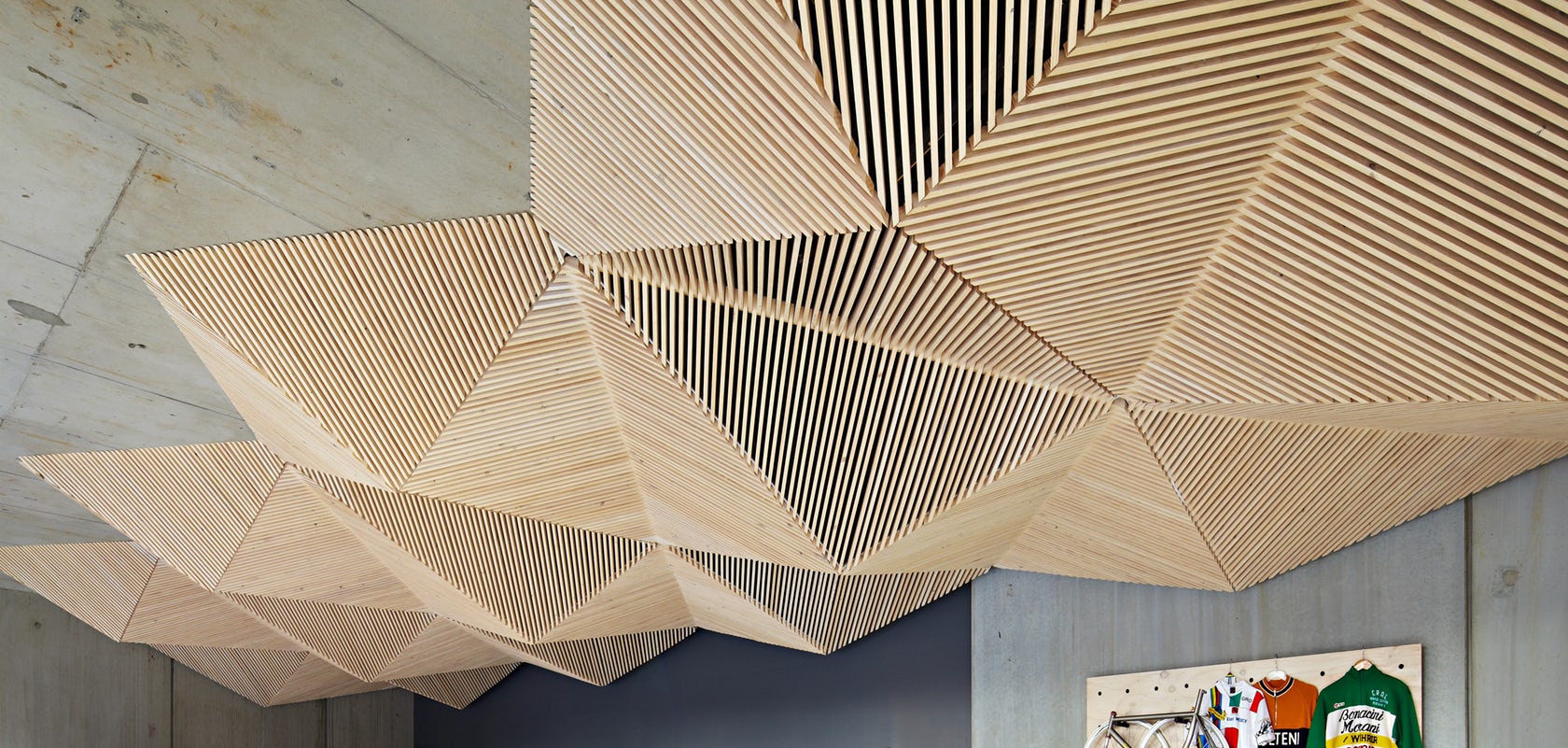Connect with huge architecture firms and gain new business through Architizer’s community marketplace for building-products. Check out the latest construction leads and sign up now.
One of the most frustrating things that can happen for a building-product manufacturer is to lose out on a big sale to inferior products that are clearly of a lower quality than theirs. Unfortunately, this scenario is all-too-common for brands. Many architects, their clients, developers or contractors tend to sacrifice quality — knowingly or not — for various reasons during the design and specification process.
As a manufacturer of high-quality materials or products, identifying those reasons is key to avoiding this negative outcome. Architects might specify a lesser product for reasons relating to cost, lead time, or other constraining factors. On the other hand, it might simply be that they don’t recognize the added value a particular product can bring to their project because of the way it has been marketed to them.
Here are just a few reasons why inferior products might get chosen ahead of yours — and what you can do to avoid it.

Image via iStock; credit: andrewgenn
1. Too Much Information
We’ve spoken at length on the value of being knowledgeable about your product, and using that insight to become a helpful resource to architects. That said, there is such a thing as information overload. Some manufacturers bombard architects with technical information over and over, relying solely on knowledge and persistence to earn a sale. At the very least, this unfocused approach can be irritating to architects. At its worst, it can feel overwhelming.
While it is important to know everything there is to know about your product, it is even more crucial to pick out select pieces of information that are truly useful to the person you are selling to. Getting to know your customer will help you understand their priorities and constraints, which will enable you to highlight how your product forms the optimal solution to their design problems. Ask them questions, uncover their hurdles, and then help them to jump over those hurdles to succeed.

Image via iStock; credit: IconicBestiary
2. Neglecting Long-term Value
As highlighted in our previous article on “How to Talk About Pricing With Architects”, cost is one of the primary reasons your product might miss out in favor of another brand. Many manufacturers fall into the trap of lowering their prices to remain competitive. However, engaging in a “price war” with competitors is not a good long-term strategy. Instead, you should aim to highlight the added benefits that make your product better value for money over its lifetime.
While a resilient façade panel or an energy-efficient toilet might be more expensive on a per-unit basis, they might save a client substantial sums of money by contributing to lower maintenance costs or bills each year. If you can give a clear idea of these savings to architects, they will factor this into their decision-making process. Ultimately, the true value of each building-product lies in its cost at the beginning, middle and end of a building’s life. It’s vital to emphasize this fact during your conversations with architects. They will quickly realize that inferior products are not necessarily the cheapest option.

Communication between two people.
3. Poor Communication
Perhaps the worst reason of all for a manufacturer to lose out to an inferior brand is one that is so easy to fix: bad communication. Brands that don’t communicate quickly or clearly enough with their customers tend to lose out — Architizer’s data shows that sales reps who responded to an architect’s search within the first 24 hours of its creation were 86% more likely to have their product shortlisted for a project than those coming a day later.
Simply put, time-strapped architects appreciate reliable brands that respond swiftly to their inquiries. Do your research to find out architects’ preferred form of communication (hint: it’s probably not cold calling), and reach them in a way they are comfortable with. This is simple customer experience stuff. Manufacturers that put as much time and energy into customer service as they do to developing high quality products always outsell those that don’t.
Sure, up-front price for building-products is a factor — but it’s far from the only reason that manufacturers miss out on a sale to inferior products. Great customer experience is key to winning business from architects. If you are reliable, communicative and informative with them on a consistent basis, you will soon find your brand being considered alongside your competitors. At that point, the superior quality of your products can do the rest of the work and help get you specified.
Gain leads from major firms such as AECOM, HOK and OMA through Architizer’s community marketplace for building-products. Click here to sign up now.




